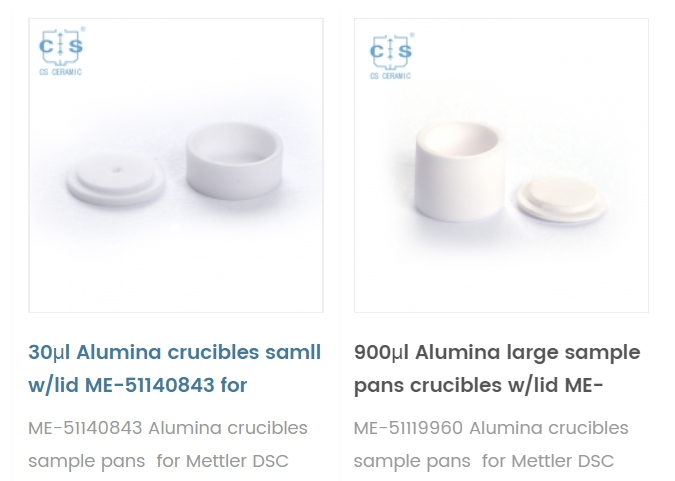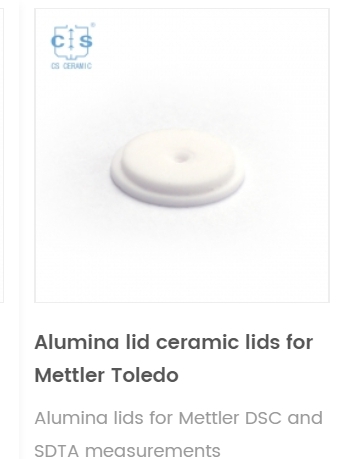Advantages of lidded Thermal Analysis Crucible:
- Improving temperature distribution in the crucible, which favors uniform temperature inside the reaction system.
- Effectively reducing the influence of radiation effect and sample color.
- Preventing extreme light sample powder from flying and drifting away with the dynamic atmosphere or being taken away in the process of vacuum purge.
- Sensor can be effectively prevented from being polluted during the reaction process (e.g.: splashing of sample or overflowing of foam).

Purpose of crucible cover hole:
- Keeping the sample in contact with atmosphere, allow a certain degree of gas-solid reaction, and allow the gas products to be carried away with the dynamic atmosphere.
- Keeping pressure balance inside and outside of the crucible.

Disadvantages of crucible lidding:
- Contact between the reaction atmosphere and sample is reduced, which greatly hinders the gas-solid reaction (oxidation, reduction and adsorption).
- For chemical reactions with gas products, the partial pressure around the reactants is higher due to slow removal of gas products, which may affect reaction rate and chemical equilibrium (DTG peak drifts to high temperature side), or for some competitive reaction mechanism, composition of the product might be affected (change the weightlessness rate of TG weightlessness step).
Conclusion:
- For test of physical effects (melting, crystallization, phase change, etc.), or test that focuses on DSC, usually lidding is selected.
- For unknown samples, lidding is usually chosen for the sake of safe.
- For gas-solid reactions (such as oxidation induction period test or adsorption reaction), open crucible is used (not lidded).
- For reactions with gas product generation (including most decomposition reactions) or test that focused on TG, the choice of lidding or not can be made according to the reaction conditions and actual reactor simulation on the premise that sample holder is not polluted or damaged.
- For liquid phase reaction or reaction in volatile solvent, if the reactant or solvent is highly volatile at reaction temperature, a pressed aluminum pans and lids (temperature and pressure are relatively low) or medium pressure and high pressure crucibles (relatively high temperature and pressure) should be used. The same is true for reactions in closed reaction systems that need to maintain product partial pressure.




 info@csceramic.com
info@csceramic.com







 +86 18273288522
+86 18273288522